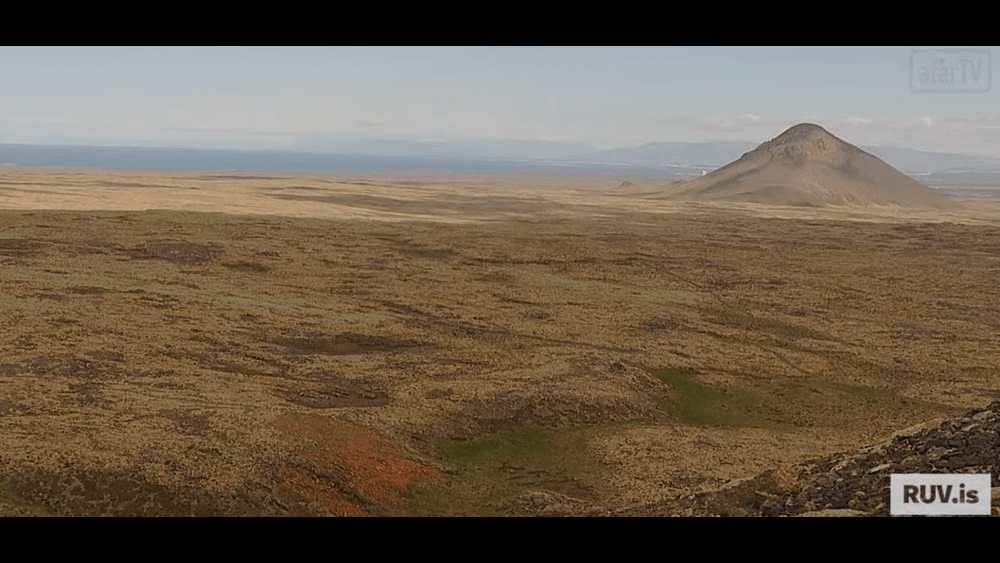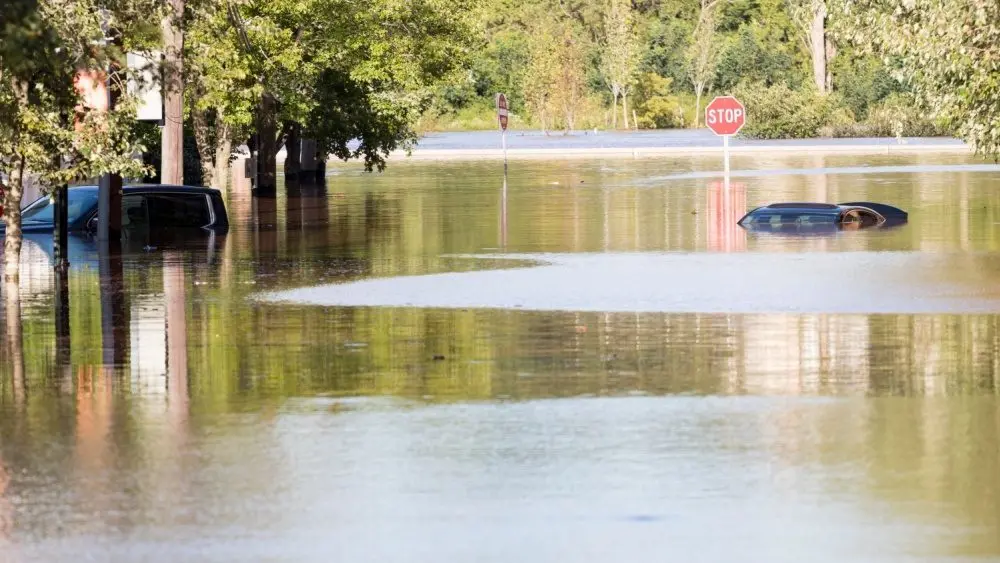When Iceland’s volcano erupted in 2010, it really jacked up air travel in that region with the ripple effect felt by the airline industry globally.
Here’s a recap:
The 2010 eruption of Eyjafjallajökull volcano in Iceland caused widespread disruption to air travel across Europe. The eruption produced a large plume of ash that reached up to 10 kilometers (6 miles) into the atmosphere and spread over a wide area. The ash could have damaged aircraft engines and posed a safety hazard to flights. As a result, many European countries closed their airspace to commercial flights, affecting millions of passengers.
The eruption began on March 20, 2010, and lasted for 8 months. The eruption was caused by the melting of glacial ice, which mixed with hot magma and created a violent explosion. The ash plume from the eruption reached as far as 10 kilometers (6 miles) into the atmosphere and spread over a wide area.
The ash plume from the eruption was a major safety hazard to aircraft. The ash can damage aircraft engines and cause them to fail. As a result, many European countries closed their airspace to commercial flights, affecting millions of passengers. The closure of European airspace lasted for six days, from April 14 to 20, 2010.
The eruption of Eyjafjallajökull volcano was a significant event that had a major impact on air travel and the economy. The eruption also highlighted the potential dangers of volcanic eruptions and the importance of monitoring volcanic activity.
Here are some of the impacts of the 2010 eruption of Eyjafjallajökull volcano:
- Air travel disruption: The eruption caused the closure of airspace in many European countries, affecting millions of passengers.
- Economic impact: The closure of airspace had a significant economic impact, as businesses were forced to cancel or postpone travel plans.
- Environmental impact: The ash plume from the eruption spread over a wide area and caused some damage to crops and livestock.
- Health impact: The ash from the eruption could cause respiratory problems, and some people reported experiencing symptoms such as coughing, wheezing, and difficulty breathing.
The 2010 eruption of Eyjafjallajökull volcano was a reminder of the potential dangers of volcanic eruptions and the importance of monitoring volcanic activity. It also highlighted the need for governments and businesses to be prepared for the disruption that volcanic eruptions can cause.
Well, looks like it’s going to happen again. If it does, you can see it as it happens, because the “Volcano Cam” is live.








